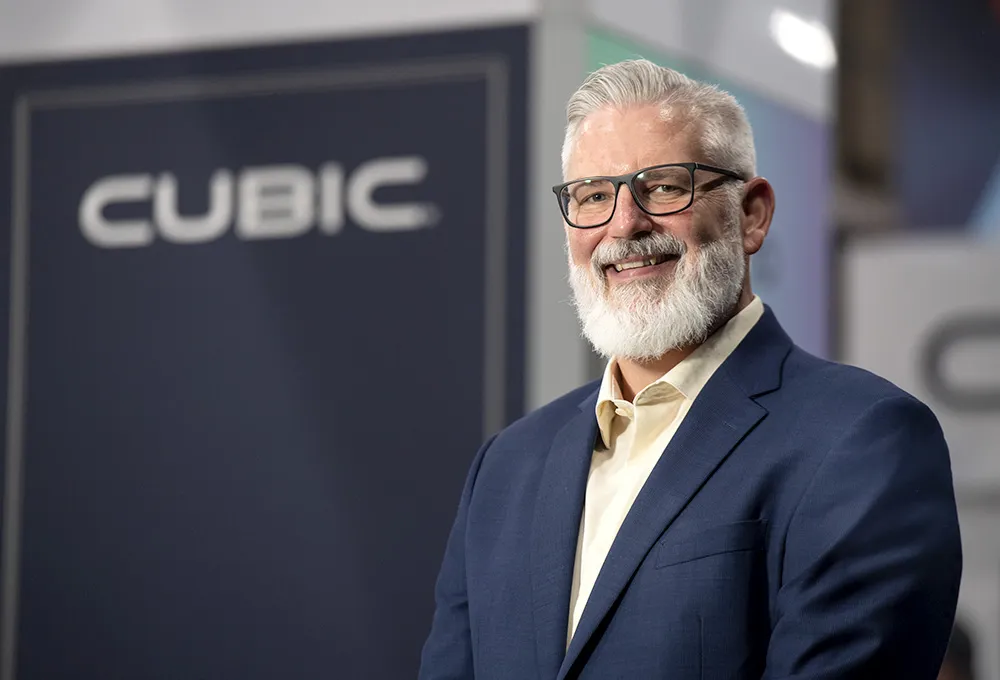Nashville's signal optimisation programme produced a stunning return on investment. Are those results exceptional? Could similar results be replicated in cities across the US and indeed the world? ITS International spoke to Chris Rhodes, P.E. of Kimley-Horn and Associates, project leader for the Nashville signal optimisation programme. "You have to bear in mind that with signal optimisation programmes you don't see, for instance, physical construction or new pieces of equipment on the roadside that someone
June 28, 2012
Read time: 4 mins

RSS
However, it's worth noting that what was achieved in Nashville, from whatever viewpoint you take, was achieved without investment in new technology and through maximising the infrastructure that already existed. Or, as Kimley-Horn and Associates' Chris Rhodes, the project leader, puts it, "It was basically making the equipment they have work at its peak performance."
That's not because Nashville's equipment was out of date or deficient, in technology terms, in any way. As Rhodes points out, the ITE recommends that signals be retimed every three years as a matter of course.
In Rhodes's experience, "People just don't do it as often as they should. Without generalising, a majority of administrations, for a variety of reasons, are simply not as proactive in undertaking this kind of programme as they should be."
But the effect of optimising just one section can be seen by the Nashville experience, as Rhodes explains: "The first phase Nashville asked us to undertake involved 223 signalised intersections along seven corridors. Funding came from the Federally funded CMAQ programme. Nashville was so impressed with the results, that they used their own budget to fund three more supplements, which we also did for them - totalling nearly 550 signals along a total of 29 corridors and the City's central business district.
"Now, Metro Nashville, under the Obama Administration's stimulus package, has requested another $1 million to go back and again retime the original seven corridors we did in 2004, because we are over that three-year window. So the Metro government is definitely sold on the benefits of signal retiming."
Strong argument
As Rhodes points out, for signal timing, or indeed for ITS arterial signal systems where programmes are being designed, it is company policy to always go through a similar cost benefit evaluation analysis. Indeed, Rhodes is adamant that all such programmes should be factually and consistently documented.
RSS
Nashville's signal optimisation programme produced a stunning return on investment. Are those results exceptional? Could similar results be replicated in cities across the US and indeed the world? ITS International spoke to Chris Rhodes, P.E. of
However, it's worth noting that what was achieved in Nashville, from whatever viewpoint you take, was achieved without investment in new technology and through maximising the infrastructure that already existed. Or, as Kimley-Horn and Associates' Chris Rhodes, the project leader, puts it, "It was basically making the equipment they have work at its peak performance."
That's not because Nashville's equipment was out of date or deficient, in technology terms, in any way. As Rhodes points out, the ITE recommends that signals be retimed every three years as a matter of course.
Ask the question
So in terms of replicating Nashville's results, traffic managers, city and administration leaders in municipalities and cities anywhere in the world simply need to ask the question: when, if ever, did we last optimise our traffic signals? If the answer is six, nine, 12 or more years ago, then the kind of results achieved in Nashville will be fairly typical.In Rhodes's experience, "People just don't do it as often as they should. Without generalising, a majority of administrations, for a variety of reasons, are simply not as proactive in undertaking this kind of programme as they should be."
But the effect of optimising just one section can be seen by the Nashville experience, as Rhodes explains: "The first phase Nashville asked us to undertake involved 223 signalised intersections along seven corridors. Funding came from the Federally funded CMAQ programme. Nashville was so impressed with the results, that they used their own budget to fund three more supplements, which we also did for them - totalling nearly 550 signals along a total of 29 corridors and the City's central business district.
"Now, Metro Nashville, under the Obama Administration's stimulus package, has requested another $1 million to go back and again retime the original seven corridors we did in 2004, because we are over that three-year window. So the Metro government is definitely sold on the benefits of signal retiming."
Strong argument
The evaluation report provided by Kimley-Horn and Associates for Nashville is certainly impressive and provides an extremely strong argument for undertaking such schemes. So, was that produced as some kind of sales brochure to win other contracts?
As Rhodes points out, for signal timing, or indeed for ITS arterial signal systems where programmes are being designed, it is company policy to always go through a similar cost benefit evaluation analysis. Indeed, Rhodes is adamant that all such programmes should be factually and consistently documented.
Cost benefit basis
"I believe that these projects should be evaluated on a cost benefit basis," Rhodes says. "There is a way to do it because you can undertake very similar analyses using different types of data. On a freeway management system, for instance, you can document improvements in emergency response times for freeway incidents that can be directly attributed to CCTV camera feeds or speed detector data that allows operators to more quickly identify and effectively respond to freeway incidents. Evaluations are important for a variety of reasons, not least because the traffic engineers can take them to their leadership, the mayor, city council or other policyand decision-makers, and demonstrate that they spent money smartly and achieved tangible benefits.RSS









